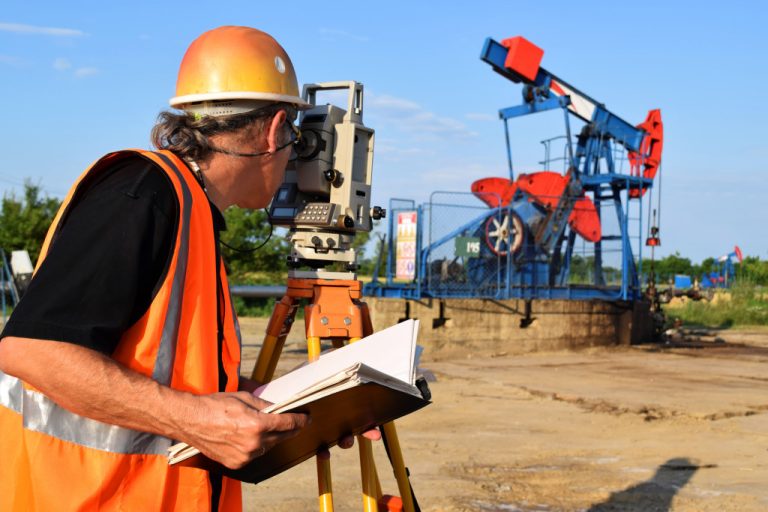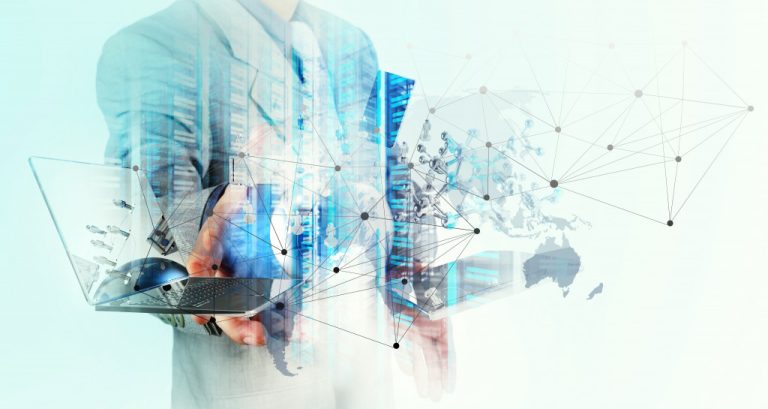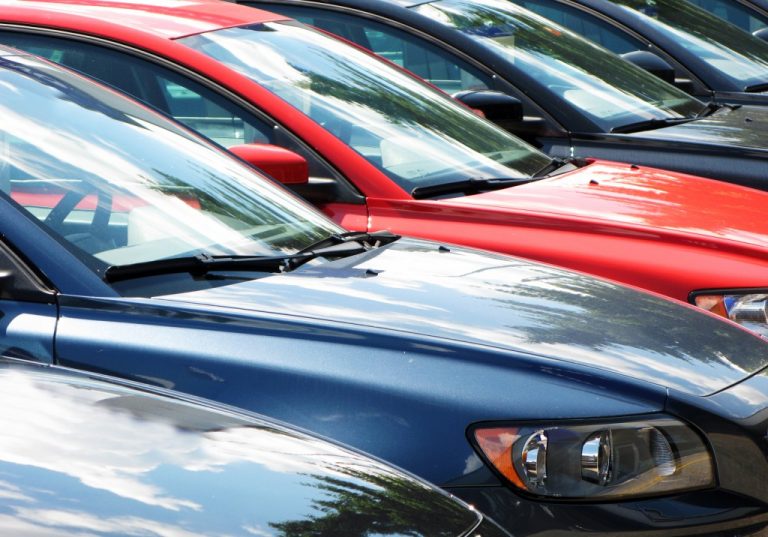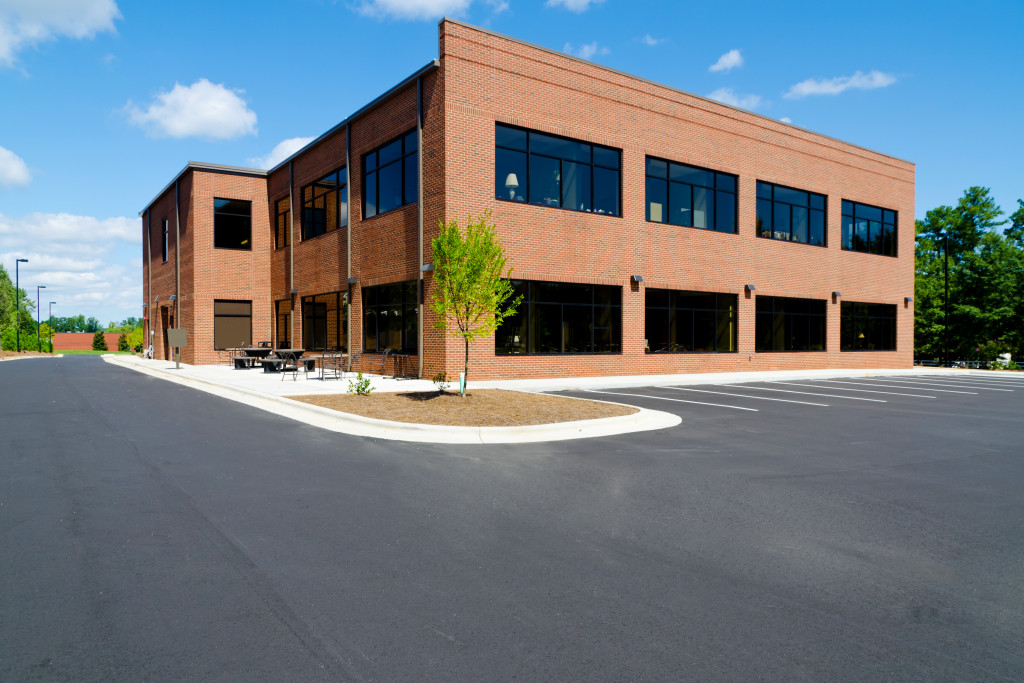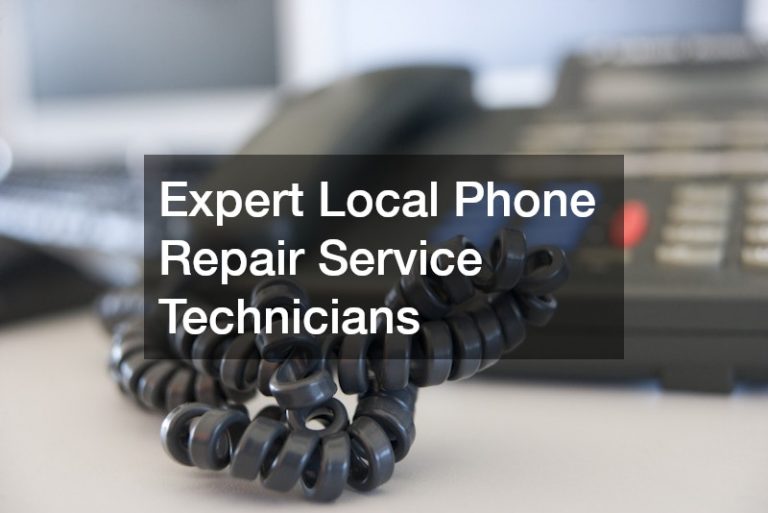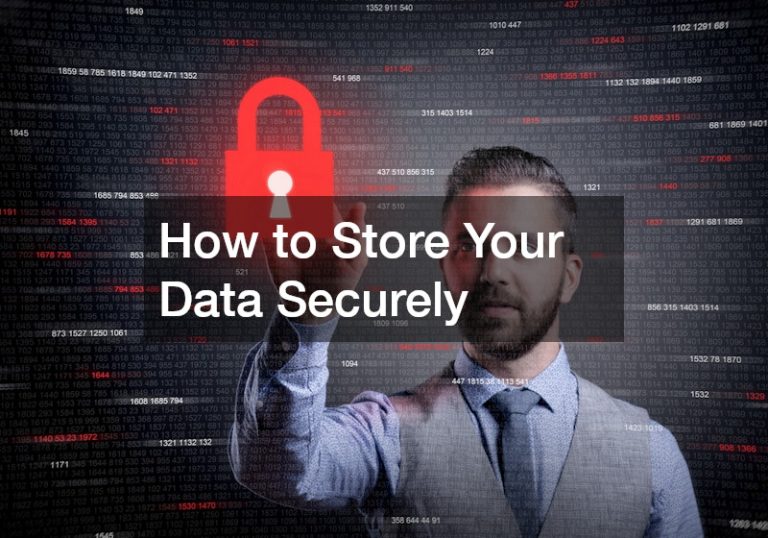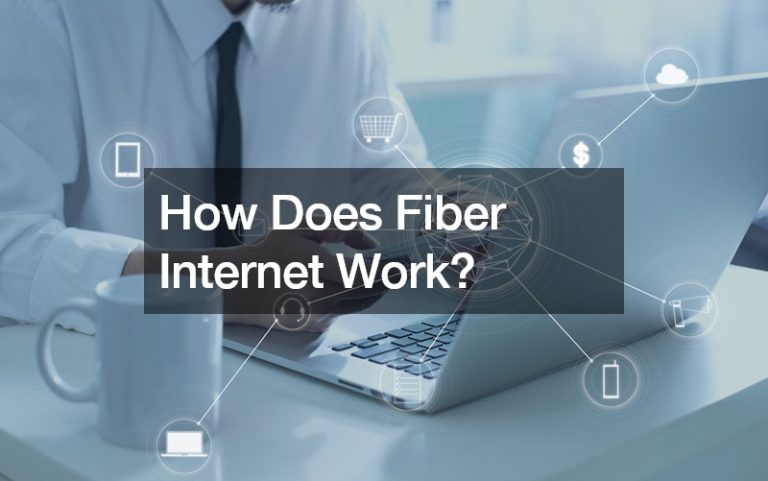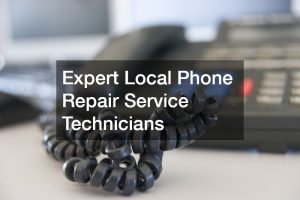• Solar panels are an easy-to-install and maintain technology that reduces energy consumption and eliminates the need for costly grid electricity.
• LED lighting is also a great way to reduce energy usage while providing bright, efficient lighting.
• Smart thermostats can be integrated with other devices and automatically switch off when rooms are not occupied.
• Automated shutters provide extra insulation.
• Assess energy usage and research available solutions, and look into any incentives that local governments may offer.
Investing in energy-efficient technologies for commercial properties is beneficial in more ways than one. It leads to environmental benefits such as improved air quality and reduced greenhouse gas emissions, and it can also result in reductions in operational costs.
In addition, an energy-efficient environment communicates an important message of environmental sustainability to staff and customers alike, which can be a powerful marketing tool, helping to improve the perception of your brand in many cases.
Therefore, businesses should seriously consider investing in these technologies as they can create a win-win situation for both their bottom line and the environment. In this blog, you will learn about a few technologies that can help you save energy, reduce costs, and improve your commercial property’s sustainability:
Solar Panels
Solar panels are a great way to lower utility bills and increase the efficiency of your commercial property. Installing solar panels not only reduces energy consumption but also eliminates the need for costly grid electricity purchases. Additionally, solar panels are relatively easy to install and maintain and can be used in almost any type of environment. Furthermore, solar panels can provide additional savings through tax credits and other incentives offered by local governments.
LED Lighting

LED lighting is an ideal solution for businesses that want to reduce their energy usage while still providing bright, efficient lighting to their customers or employees. LEDs consume less power than conventional lightbulbs and require significantly less maintenance over time due to their long life span. As a result, businesses can save money on energy costs while still providing a safe and effective lighting solution for their property.
Smart Thermostats
Smart thermostats use automated technology to adjust the temperature based on factors like occupancy or location within the building so that they are always running at optimal efficiency levels and using as little energy as possible. Smart thermostats are especially useful in office buildings where temperatures may vary widely depending on the time of day or seasonality of use. Additionally, these thermostats can be integrated with other devices, such as sensors or motion detectors, so that they automatically switch off when rooms or areas are not occupied, thus further reducing wasted energy consumption.
Automated Shutters
Automated shutters offer businesses an easy way to control the amount of sunlight entering a room or building during different times of day or year without having to manually open and close blinds or curtains each time the sun rises or sets. Automated shutters also provide extra insulation, which helps reduce cooling costs during summer months when temperatures rise inside buildings due to excess heat from direct sunlight exposure.
Implementing these technologies into your business
The implementation of energy-efficient technologies into a commercial property can be a complex process, and it’s important to make sure that the investment is maximized for the long term. To ensure successful implementation, here are some steps you should take:
Assess your current energy usage

Take the time to accurately assess your property’s current energy usage before investing in any new technologies. This will enable you to understand the scale of savings that can be achieved with the implementation of these technologies and ensure that you are making the correct investment decisions for your business.
Research
Do your research on the technologies available and get advice from professionals to ensure that you are investing in the right solutions for your particular property.
Investigate incentives
Many local governments offer incentives, such as tax credits or grants, to businesses that invest in energy-efficient technologies, so make sure to investigate these options before making a purchase.
Installation
Properly install the technologies to ensure that they are running as efficiently as possible and that you are getting the most out of your investment. You should also monitor the performance of these technologies to ensure that they are working correctly and continuing to provide the expected energy savings. You can get a commercial energy performance certificate (EPC) to track the improvement in energy performance over time. An EPC will also give an idea of the payback period for any investment.
Investing in energy-efficient technologies for commercial properties is a great way to save on operational costs while reducing environmental impact. Solar panels, LED lighting, smart thermostats, and automated shutters are some of the many solutions available to help you achieve these goals.
However, it’s essential to take the time to research which solutions best fit your needs and budget, as well as properly install them for optimal performance. Investing in energy efficiency can be beneficial not only from an economic standpoint but also from a sustainability perspective – helping businesses reduce their carbon footprint and improve their brand image with customers and staff alike.
